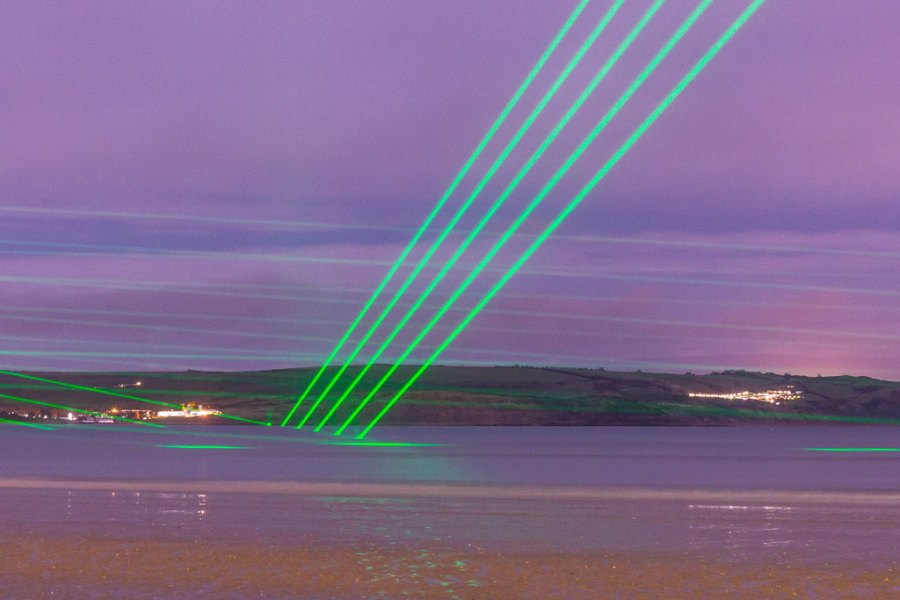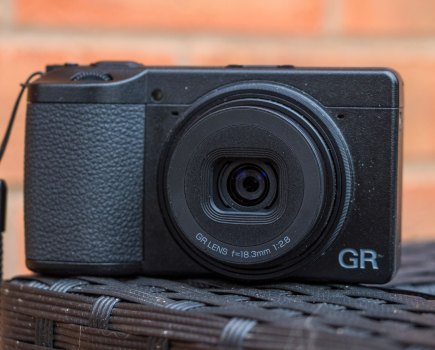If you are looking for fresh ideas for your photography, take inspiration from Quintin Lake’s epic circumnavigation of the UK coastline – Peter Dench finds out more. Quintin is also speaking at our forthcoming Festival of Outdoor Photography (see end for full details)
‘Walking alone in the winter for hours, often hiking at night, it’s quite easy to trip and hurt yourself. I have my trekking pole, which snapped. It saved my life on the coast of Wales. I twisted, fell on it really awkwardly and if that pole hadn’t gone out, I would have gone down a cliff.’ If ever there’s an endorsement required for photographers using trekking poles, award-winning architectural and landscape photographer Quintin Lake has it nailed.
When Lake comes into focus for our Zoom call, I’m slightly disappointed he’s not sitting on a mountain top in a shaft of light or perched on a jetty at the end of a rainbow. He’s sitting wearing a grey sweatshirt in a stark white room in Cheltenham. In a way, that’s his ground zero, a neutral space where he plots his next adventure.

On Friday, 17 April 2015, Lake set off from the steps of St Paul’s Cathedral on the first stage of a five-year journey that would take him around the coastline of mainland Britain. He walked, hiked, strutted, staggered and often slipped, covering around 11,000km in 454 days, shooting close to 180,000 images. He suffered shin splints, torn tendons and fought legions of midges. The goal? To deliver a body of photographic work that reveals the intricacies of this sceptred isle.
Walking has been central to Lake’s life, from learning outdoor skills in the Scouts to his experiences with the Territorial Army, Raleigh International, and the British Exploring Society. Aged ten he went on a 480km summer walk with his mum from John o’Groats to Glasgow. Before turning 20 he’d walked solo from Land’s End to John o’Groats covering 1,677km during winter.
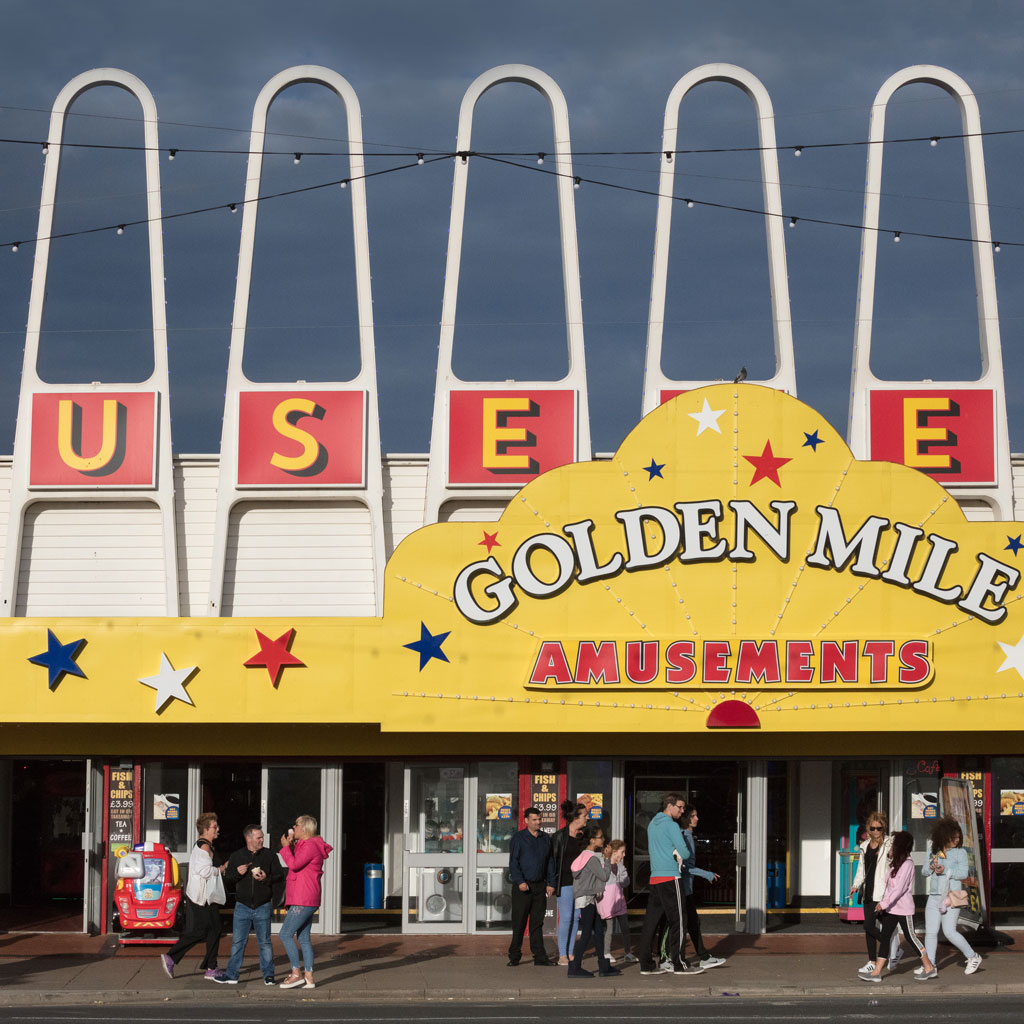
He has combined his two favourite pursuits of photography and hiking in over 70 countries, from the jungles of Borneo to the Arctic ice cap. In 2014, as he gradually recovered from a bout of meningitis, craving the outdoors, the idea to walk the entirety of Britain’s coast consumed him. So he went.
The result is a 450+ page, behemoth of a book of over 1,200 photographs. The Perimeter (15 May 2025, Hutchinson Heinemann) begins with those first south London steps and architectural delights the Cheesegrater (Leadenhall Building) and the Gherkin (30 St Mary Axe), passing by the Cutty Sark towards Kent and then progressing clockwise around the coast.
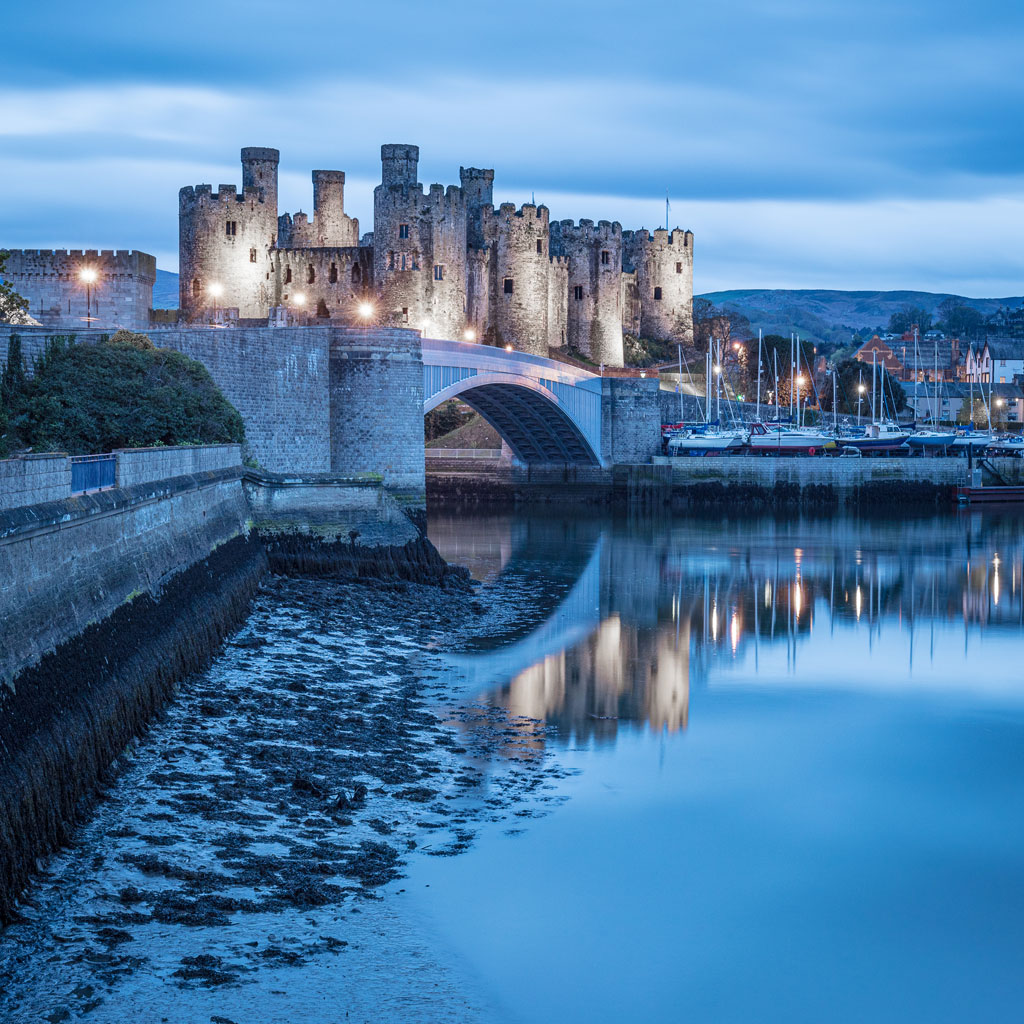
The book is constructed so it can be viewed and read all the way through. You’ll probably turn to look at familiar locations first. Lake writes in the introduction, ‘Walking is the best technique I know to open the heart and mind, and photography is how I express myself. Each photograph in this collection is more than a visual record; it is a moment of compositional harmony, a sense of place, and a story. The accompanying text I hope provides a fuller sense of my journey.’
Novel experiences
‘When I started blogging, I naively felt I could communicate everything I wanted to say with photography. Quickly, I realised there were only so many novel experiences that could be expressed through images, so in addition to the photos, each chapter contains stories from my journal: about the people I met, the injuries I overcame, the difficulties of wild camping and the oddities that brought a smile to my face.’
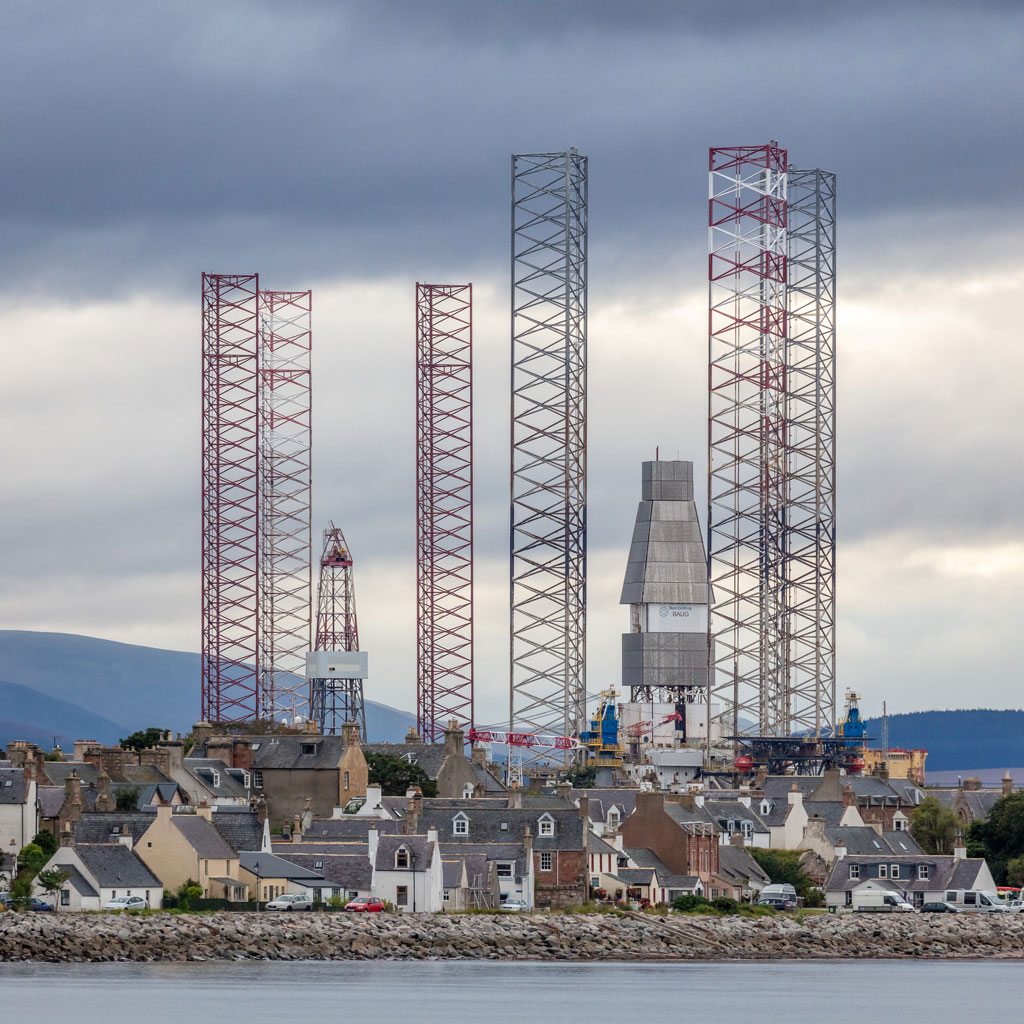
Lake chose the Canon EOS 5DS R as his prime companion. The 52MP was suited to achieve the large-format prints of each county he produces for sale. All images in the book take advantage of the camera’s square format by setting the aspect ratio to 1:1 (you can also crop to a 24x24mm square). ‘The cool thing, from a technical point of view, is Lightroom puts the crop in, you can jiggle it around if you’ve mucked up a bit, you still get the data with a full rectangle.’
Around half the images are taken at the extreme end of a 70-300mm lens. Support came from a 16-35mm, a Gitzo carbon fibre tripod, at times a 17mm TS-E.
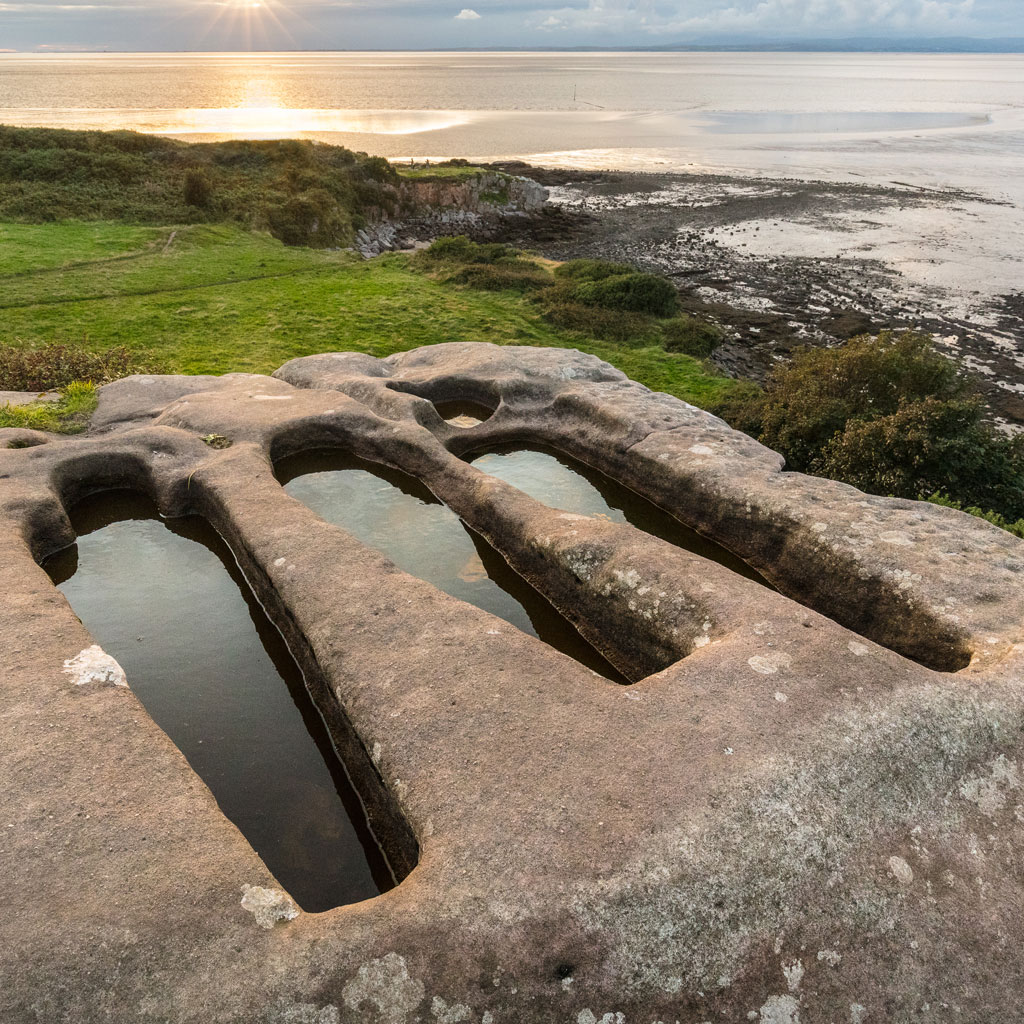
Lake was fully self-sufficient for five days at a time. Refusing any form of mechanical assistance, he walked on average 25km a day carrying a camera and hiking gear that weighed from 10kg in the summer to 24kg in winter. He has slept in his 850g Terra Nova Laser tent designed for mountain marathons on a Therm-a-Rest sleeping mat for so many nights they feel like a second skin. A Jetboil stove would brew his tea in minutes. When out of mobile phone reach, which he often was, a Garmin inReach Mini satellite messenger would let family know at the end of each day, that he was safe. He obsessively tried to keep the weight of his gear down, going as far as to trim washing labels off garments.
During bleak times, Lake waited for the worthwhile moments, ‘Sometimes I didn’t meet anyone for three or four days so you do get into this strange world inside your own head but equally, that helped me, you get attuned to the light and the colour and points of interest. Even on the stormiest day when it was impossible to take any images for ten hours, there may be five, ten minutes of something interesting and that’s what I would focus on.’
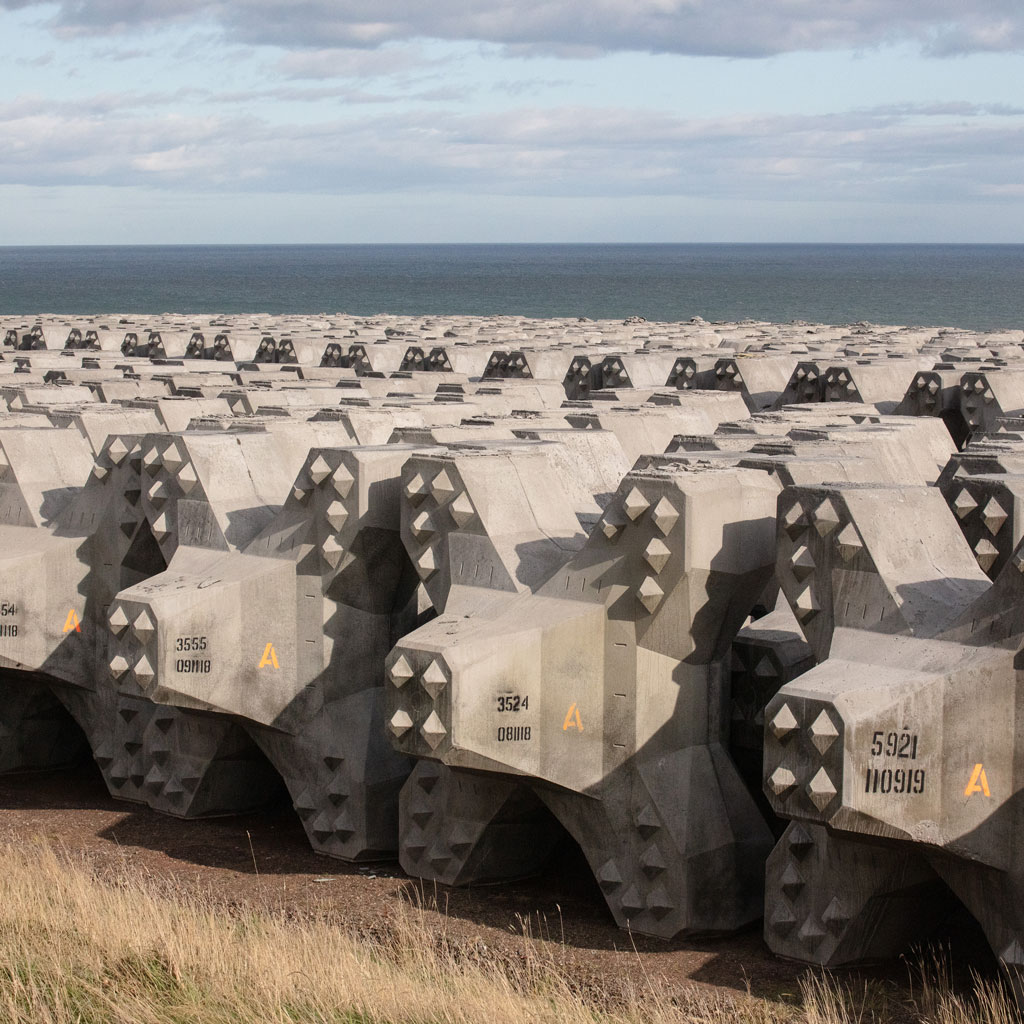
Child-like
When faced with a much- photographed subject like the Forth Bridge or Blackpool Tower, he worked hard to make the image his own. Blackpool’s Big One Rollercoaster dominates the sky like a breaching blue whale. The arcing bay of Weymouth beach projects Light Veils from a permanent laser installation. When encountering something new, a child-like wonder for picture-making takes over – a 1km steam plume rises over the Tata Steelworks, from Kenfig sands.
Each of the 53 chapters reflects the content and size of the county, so a small one has fewer photos. Almost half Lake’s journey took place in Scotland. The east of Scotland is more populated so there are portraits. We meet farmer Hughes of Knockencule Farm on the way to feed his cows. Ross and Tomáš, from Czechia, are on their completion of the Cape Wrath Trail, which runs 370km from Fort William. Emma and Shane pose in front of a surviving lifeboat from RMS Lusitania that was converted to a fishing boat.
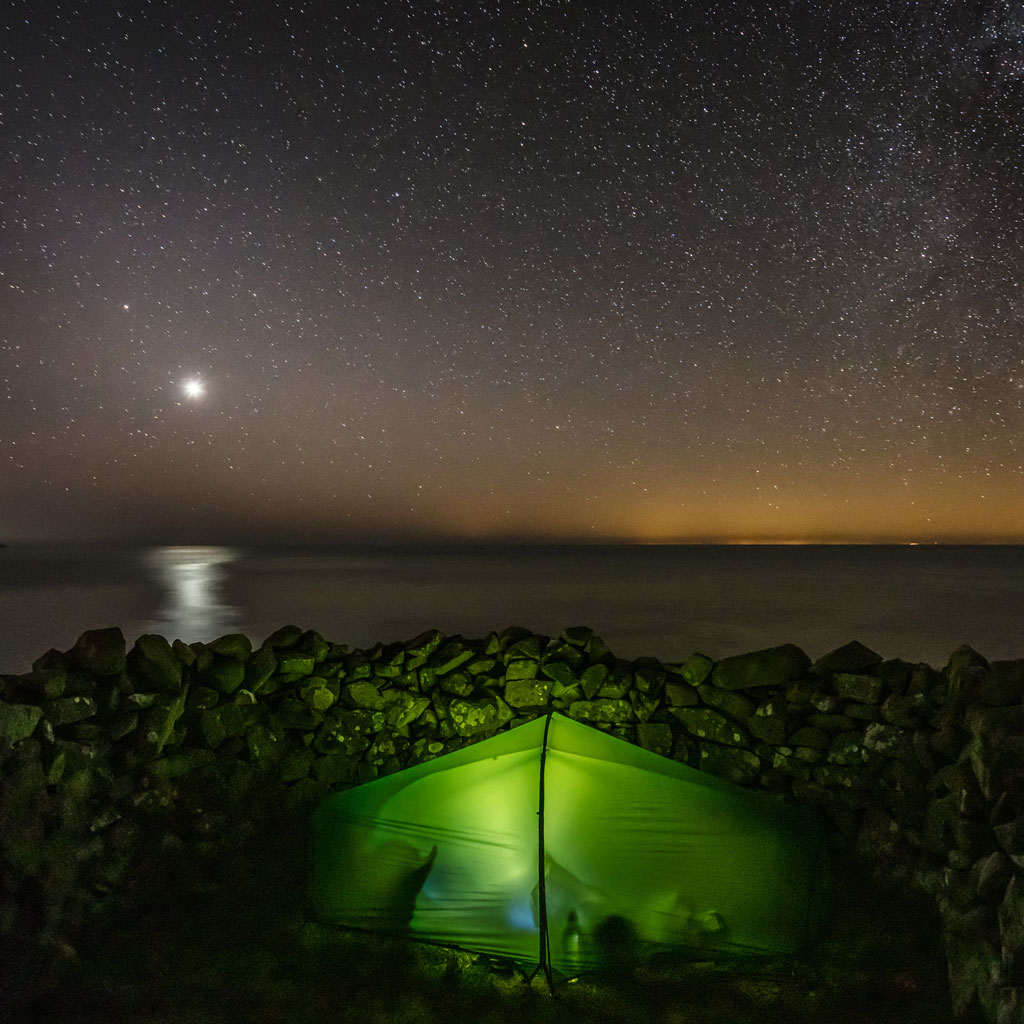
Lake’s interest in painting is evident in his tone and composition. His wife is a successful fine artist. ‘I kind of think of photography like sketching, you start with the obvious scene and try something else and after a while something new might come up to the surface as you get to know how your subject looks from different perspectives. We’re always standing on the shoulders of other people, or responding to other people’s work. So I just try not to think about it too much, because it can be creatively freezing.’
Lake didn’t pay for a single campsite, taking advantage of the right to camp anywhere in Scotland and adopting a stealthier approach in Wales and England, where public access is limited to just 8% of land and 3% of rivers. ’Most of the time it’s just about keeping out of people’s sight, and with a few exceptions, you’re unlikely to see other people lurking around the woods and if you keep yourself to yourself and don’t leave a mess, I think it’s a totally valid way to move in the landscape.’ Every five days or so he would stay in a cheap hostel or B&B. The main financial drain? Train journeys.
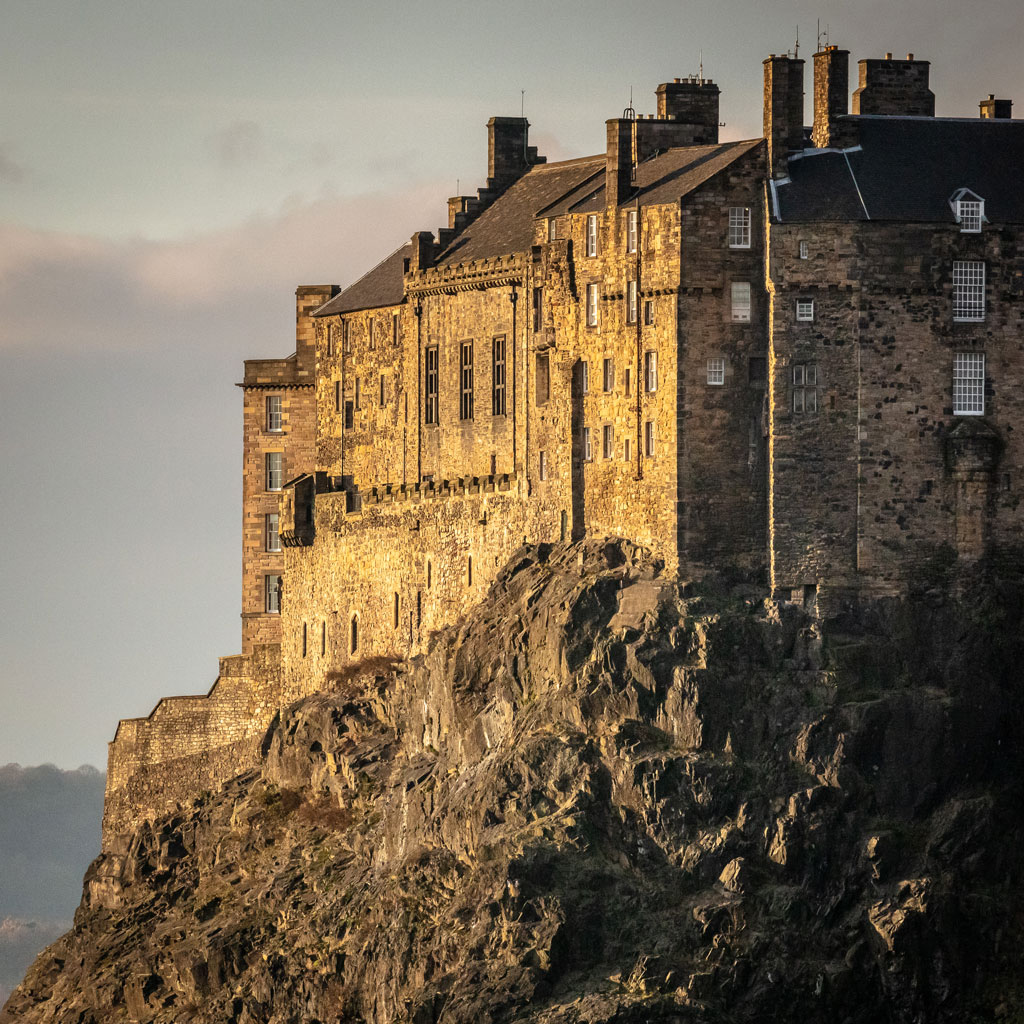
The Perimeter has a carefully choreographed flow through all four seasons, capturing the drama of Britain’s ever-changing weather. Some pages look like an art book, others more abstract, some brim with humour. The recognisable locations provide stepping stones across the pages. There is balance and joy. In a country of increasing polarisation, it unites. It’s a history book, a travelogue and a call to action – urging us to preserve the natural world.
Lake says, ‘The Perimeter is not just an end but a beginning. I hope this book inspires you to embark on your own adventure along our coast.’ Perhaps, like Lake’s walk, you should take your time. Turn a page, pause, let the images reveal something new. You may need a rest, grab a snack, your eyes will be pushed to the limit. It might take five years to finish – but it will be worth it.
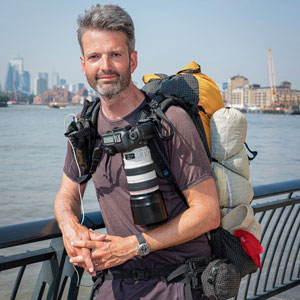
Quintin can be contacted via Instagram or X under @quintinlake. See the entire archive of images from The Perimeter and buy prints at theperimeter.uk
Hear Quintin at the Festival of Outdoor Photography
Come and meet Quintin Lake at AP’s Festival of Outdoor Photography, at the Royal Geographical Society, London, on Saturday 31 May. Quintin will be discussing more about the 11,000km he walked, with tips, anecdotes and book signing!
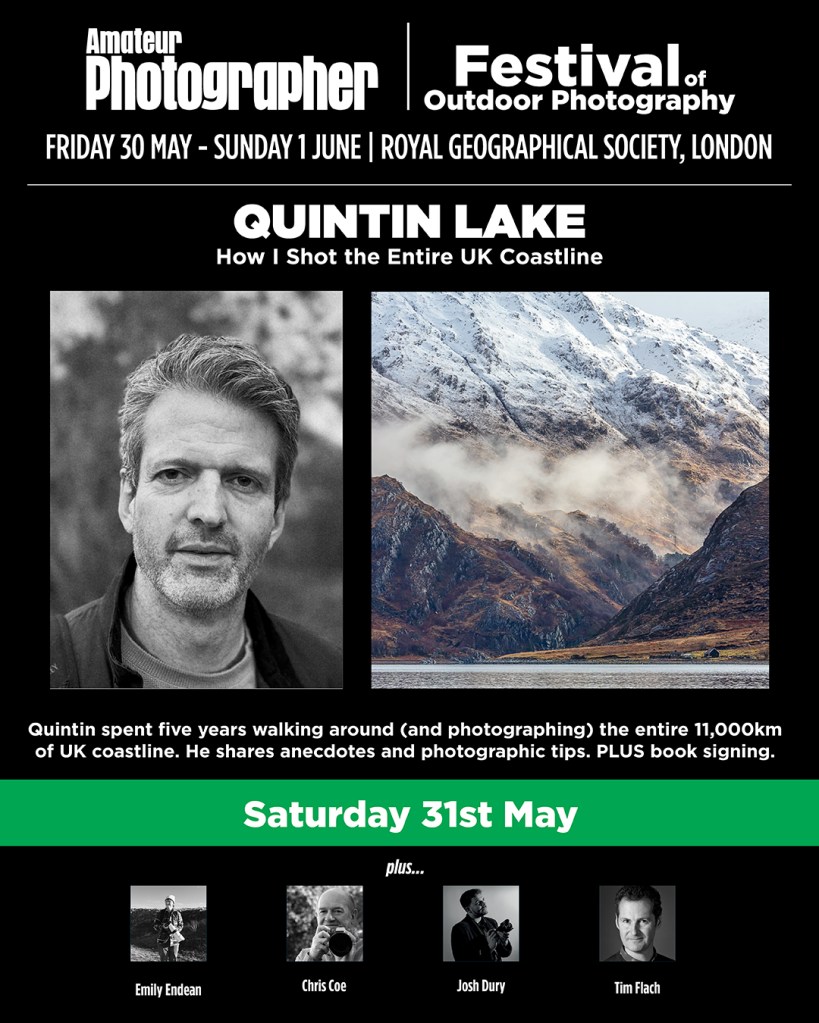
Related reading:
- Best cameras for landscape photography
- Best UK landscape photography locations
- Master long-exposure landscapes

